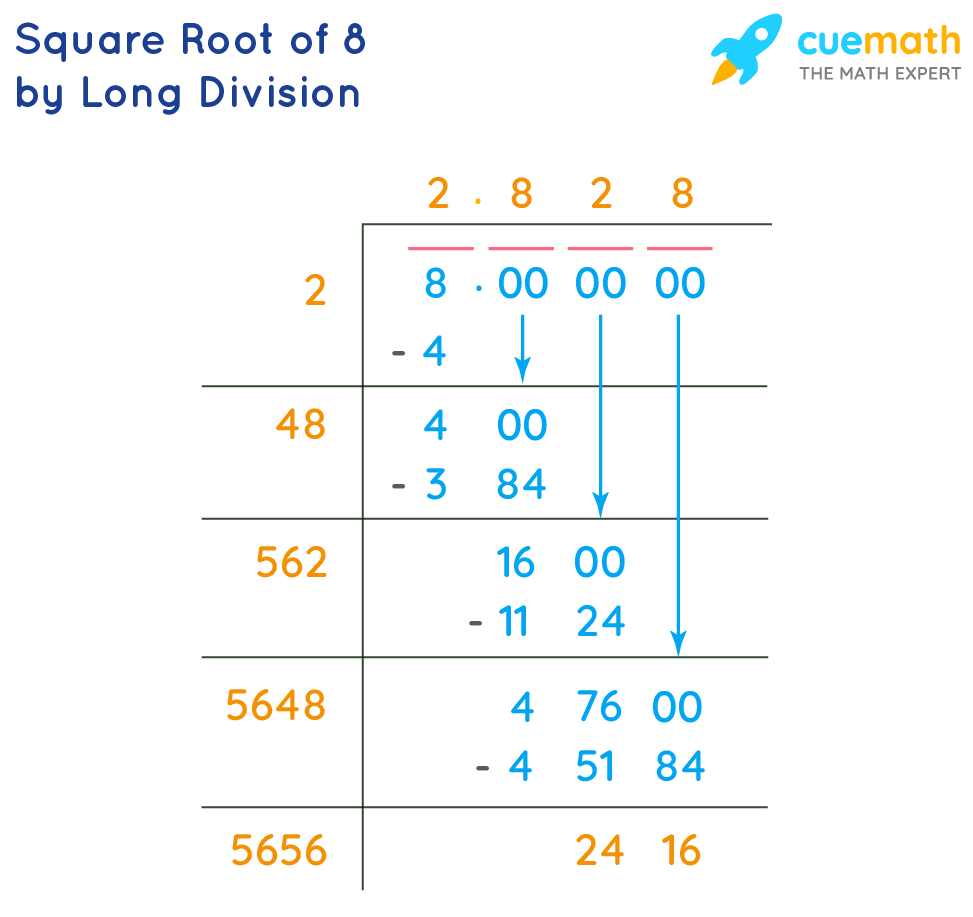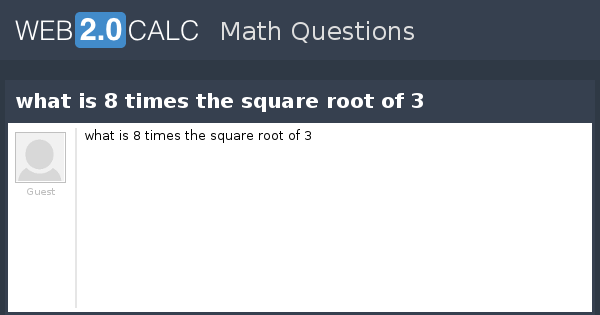Topic c square root: Learn how to effectively use the sqrt() function in C to calculate the square root of numbers. This guide covers syntax, usage examples, common applications, and optimization tips to enhance your programming skills. Mastering the sqrt() function is essential for mathematical computations in C programming.
Table of Content
- Using the
sqrt()Function in C - Introduction to C sqrt() Function
- Syntax of sqrt() Function in C
- Using sqrt() with Different Data Types
- Examples of sqrt() Function
- Return Value and Error Handling
- Performance and Optimization
- Additional Resources and Tutorials
- YOUTUBE: Xem video này để học cách viết chương trình đơn giản trong C để tính căn bậc hai của một số bất kỳ. Hãy xem và khám phá ngay!
Using the sqrt() Function in C
The sqrt() function in C is used to compute the square root of a given number. This function is included in the math.h header file and operates on double values.
Function Prototype
The prototype of the sqrt() function is:
double sqrt(double x);Parameters
- x: The number for which you want to find the square root. This parameter must be a double.
Return Value
The sqrt() function returns the square root of the given number as a double. If the input is negative, the function returns NaN (Not a Number).
Example Program
Here is a simple example to demonstrate the use of the sqrt() function in C:
#include
#include
int main() {
double number, squareRoot;
printf("Enter a number: ");
scanf("%lf", &number);
// computing the square root
squareRoot = sqrt(number);
printf("Square root of %.2lf = %.2lf", number, squareRoot);
return 0;
}
Output
If you enter 23.4 as the number, the output will be:
Enter a number: 23.4
Square root of 23.40 = 4.84
Common Use Cases
- Finding the length of the side of a square given its area.
- Geometric calculations.
- Physics computations.
Notes
- The
sqrt()function operates on double values, but you can cast other numeric types to double if needed. - Ensure that the
math.hheader is included at the beginning of your program when using thesqrt()function.
Optimization
The sqrt() function is generally optimized for performance. For critical performance scenarios, consider profiling your code to identify potential bottlenecks.
Conclusion
The sqrt() function in C provides a simple and efficient way to calculate the square root of a number. It is a valuable tool in mathematical computations, scientific applications, and various other scenarios.
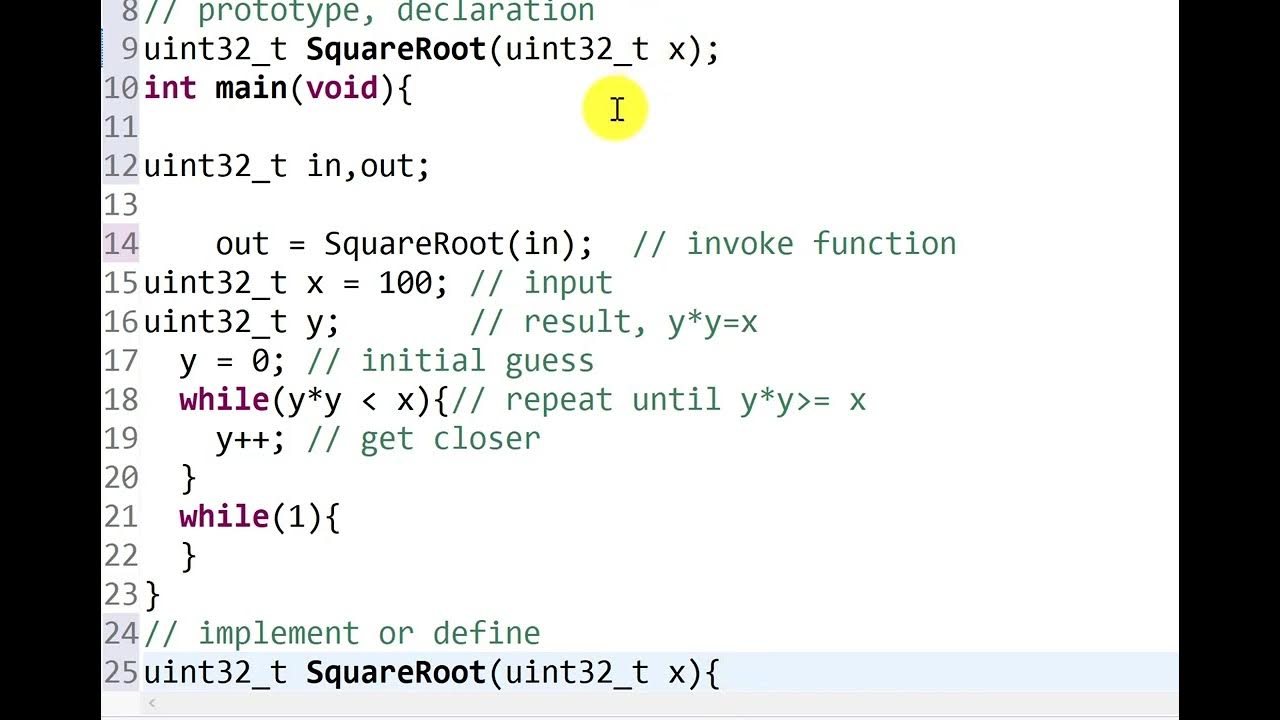
READ MORE:
Introduction to C sqrt() Function
The sqrt() function in C is a built-in function that computes the square root of a given number. It is part of the math.h library in C, providing a straightforward way to calculate square roots without manually implementing the algorithm.
Using sqrt() can simplify code significantly, especially in scenarios where precise mathematical operations are required, such as in scientific and engineering applications.
Internally, the sqrt() function typically uses an iterative approximation method, such as Newton's method, to compute the square root with high accuracy.
When using sqrt() in C, it's important to ensure the argument passed to the function is of a compatible data type, such as float or double, depending on the precision required for the computation.
Syntax of sqrt() Function in C
The syntax of the sqrt() function in C is straightforward:
| Function Signature: | double sqrt(double x); |
Here:
- sqrt: The function name.
- double: The return type of the function, indicating that it returns a double-precision floating-point value.
- x: The argument passed to the function, which is a double value for which the square root needs to be calculated.
The sqrt() function takes a single argument, x, which represents the number whose square root is to be calculated. It returns the square root of x as a double value.
Using sqrt() with Different Data Types
The sqrt() function in C can be used with different data types depending on the precision and range requirements of the calculations:
| Data Type | Description |
| float | Use float sqrt(float x); to compute the square root of a single-precision floating-point number. |
| double | Use double sqrt(double x); to compute the square root of a double-precision floating-point number, which provides higher precision compared to float. |
| long double | Use long double sqrtl(long double x); for extended precision calculations, typically supported on platforms where higher precision is required. |
By choosing the appropriate data type, developers can balance between precision and memory usage based on the specific needs of their application.
Examples of sqrt() Function
Here are some examples demonstrating the usage of the sqrt() function in C:
-
Basic Example:
Calculate the square root of a constant value:
double result = sqrt(25.0); // Result will be 5.0 -
Finding Square Root of User Input:
Compute the square root of a number entered by the user:
#include#include int main() { double number, result; printf("Enter a number: "); scanf("%lf", &number); result = sqrt(number); printf("Square root of %.2lf = %.2lf\n", number, result); return 0; } -
Handling Negative Numbers:
Dealing with imaginary results when using sqrt() with negative numbers:
#include#include int main() { double negative_number = -25.0; double result; result = sqrt(negative_number); if (negative_number < 0) { printf("Square root of %.2lf is %.2lfi\n", negative_number, sqrt(-1 * negative_number)); } else { printf("Square root of %.2lf = %.2lf\n", negative_number, result); } return 0; }
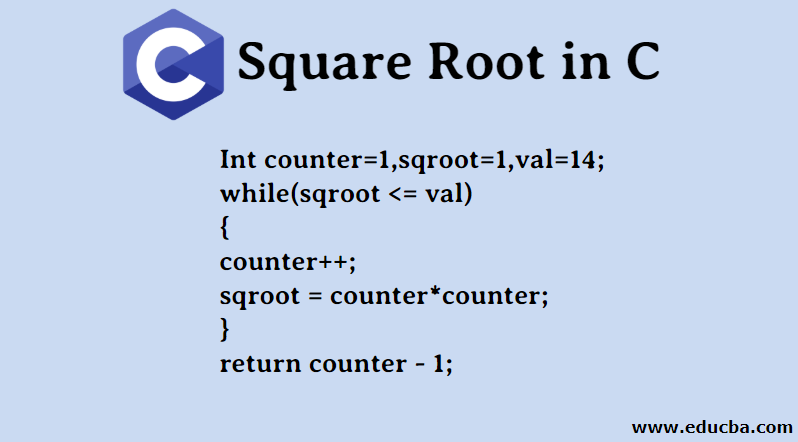
Return Value and Error Handling
The sqrt() function in C returns the square root of the input argument. Here are some key points regarding its return value and error handling:
- The function returns a
doublevalue, which is the square root of the input. - If the input is a negative number, sqrt() returns NaN (Not a Number) and sets the global variable
errnoto indicate the error condition. - When dealing with negative inputs, it's important to check the value of
errnoafter calling sqrt() to handle any potential errors in calculations.
Proper error handling ensures that the sqrt() function behaves predictably and reliably, especially in scenarios where inputs might vary or edge cases need to be managed.
Performance and Optimization
Performance considerations and optimization strategies for using the sqrt() function in C include:
- Input Range: Ensure that input values are within the appropriate range for efficient computation.
- Data Type Selection: Choose the correct data type (float, double, or long double) based on the required precision and memory constraints.
- Compiler Optimization: Utilize compiler optimizations (-O flag in GCC, for example) to enhance the efficiency of sqrt() function calls.
- Algorithm Choice: Depending on platform and requirements, consider alternative algorithms or library implementations for square root calculation to potentially improve performance.
- Context of Use: Understand the context in which sqrt() is used to tailor optimizations specific to the application's computational needs.
By applying these strategies, developers can maximize the performance of sqrt() function calls in C programs, ensuring efficient execution and responsiveness.
Additional Resources and Tutorials
Explore further resources and tutorials to enhance your understanding and usage of the sqrt() function in C:
- : Learn about various mathematical functions including sqrt() and their applications.
- : Techniques and best practices for optimizing mathematical computations like square roots.
- : Understand how to handle errors, including NaN returns, when using sqrt() function.
- : Official documentation providing detailed information on sqrt() and other standard library functions.
These resources will assist you in mastering the sqrt() function and its applications in C programming, ensuring efficient and effective usage in your projects.
Xem video này để học cách viết chương trình đơn giản trong C để tính căn bậc hai của một số bất kỳ. Hãy xem và khám phá ngay!
14. Chương Trình C Đơn Giản để Tìm Căn Bậc Hai của Bất kỳ Số Nào
READ MORE:
Khám phá thuật toán nghịch đảo căn bậc hai nhanh, nổi tiếng từ Quake III, trong video này.
Thuật Toán Nghịch Đảo Căn Bậc Hai Nhanh — Một Thuật Toán Quake III



